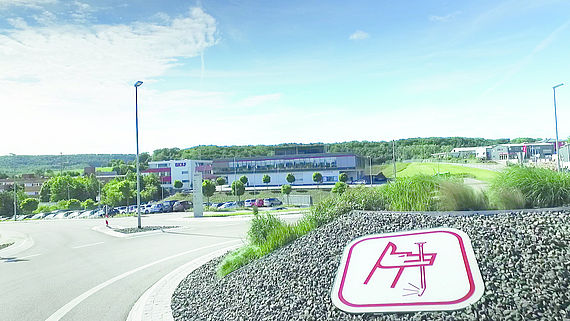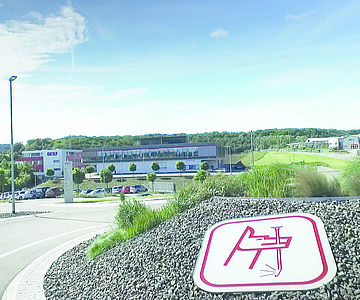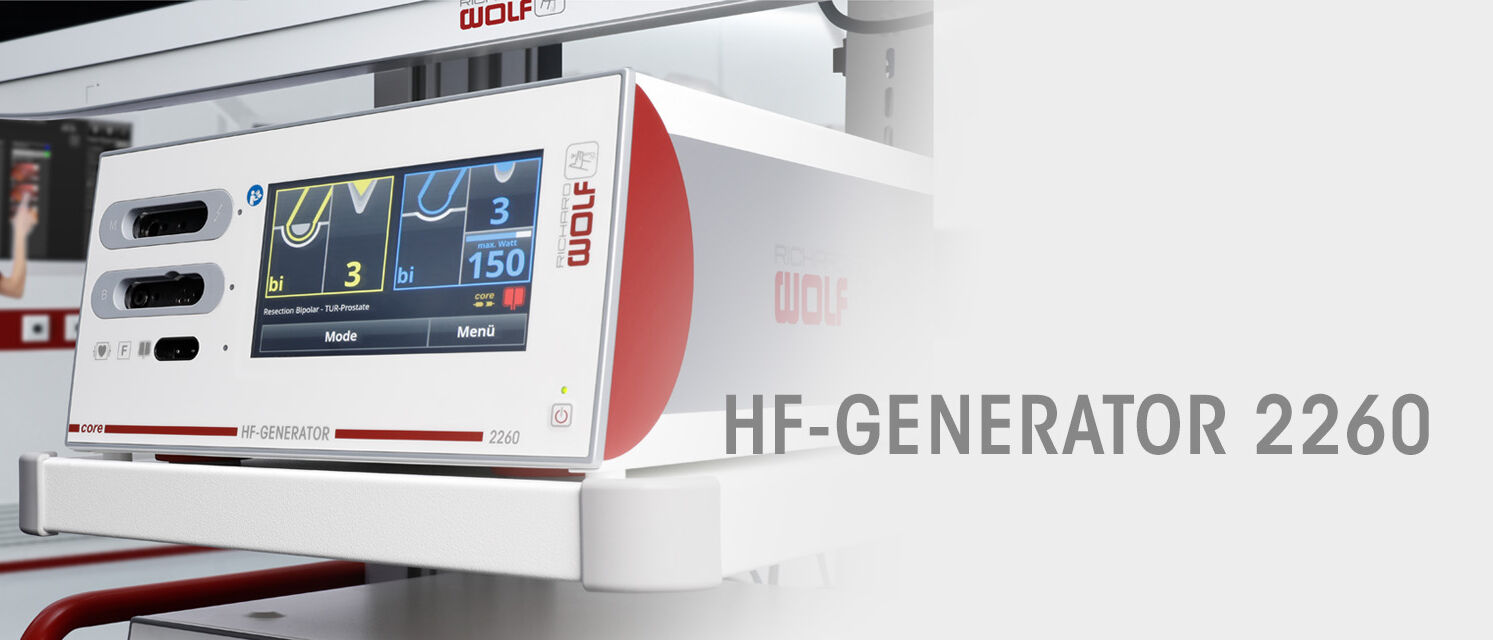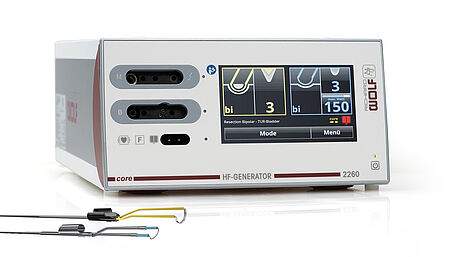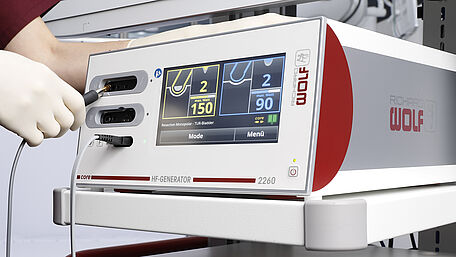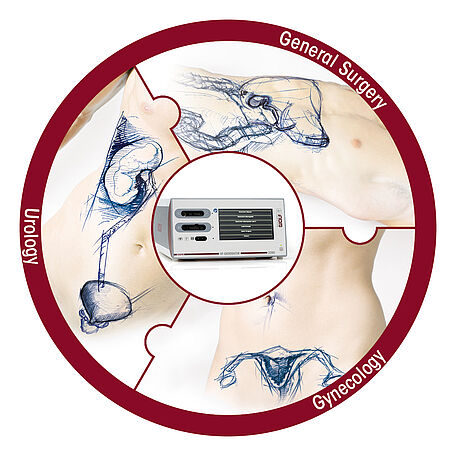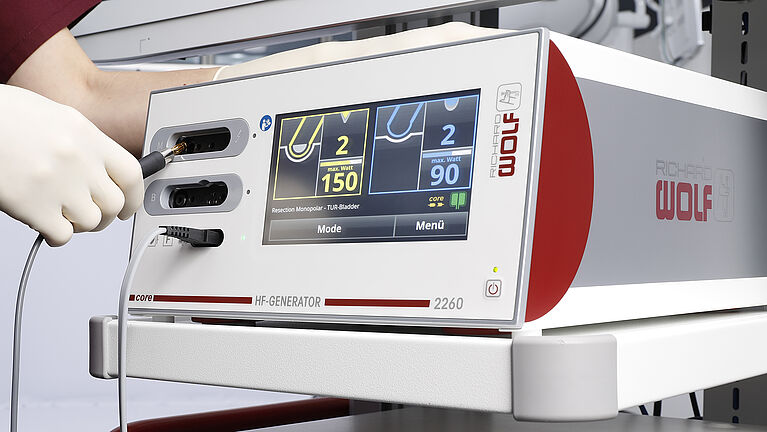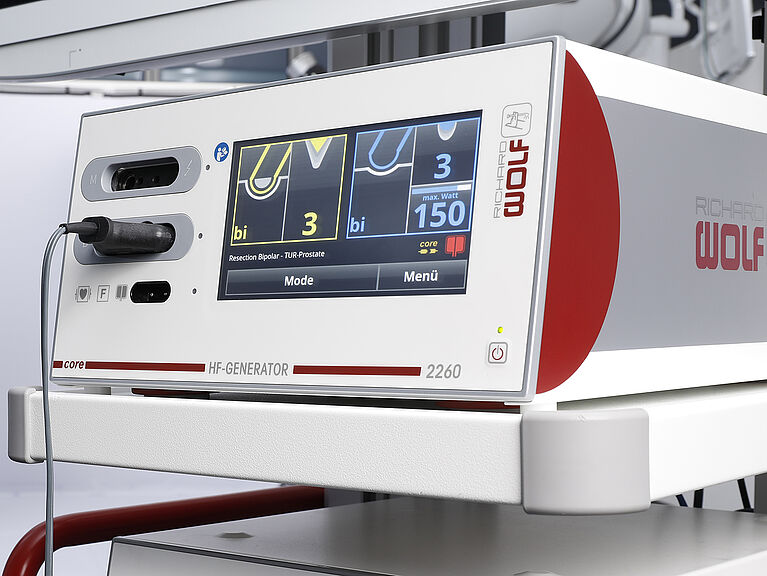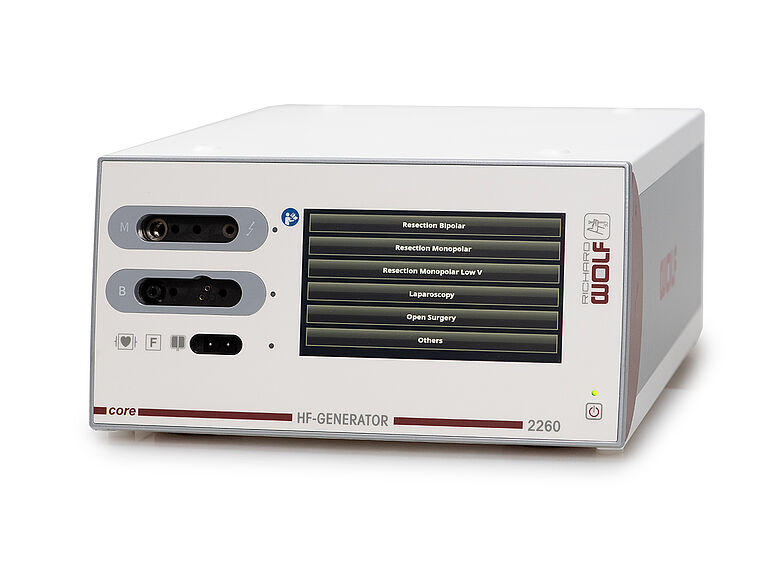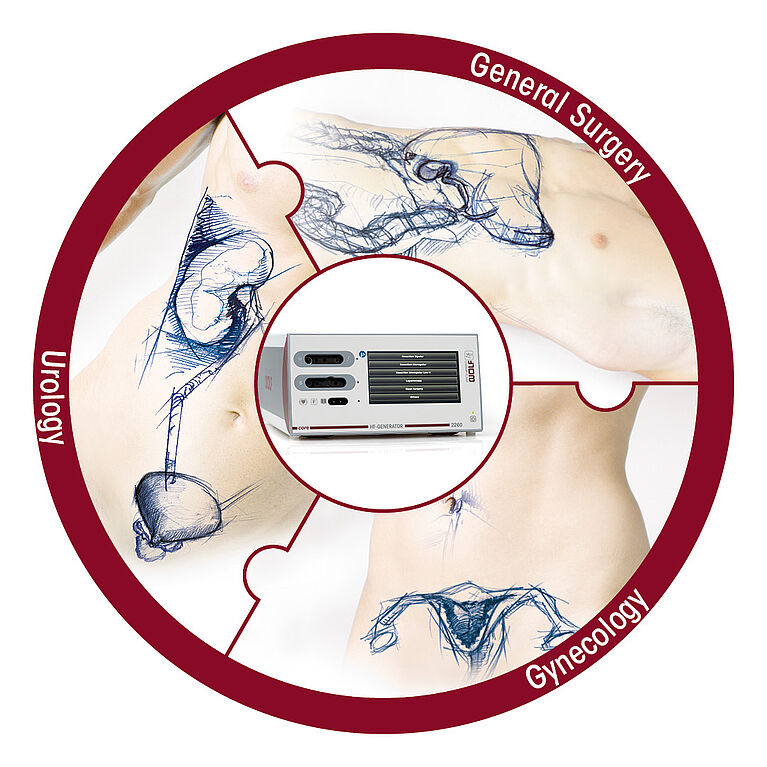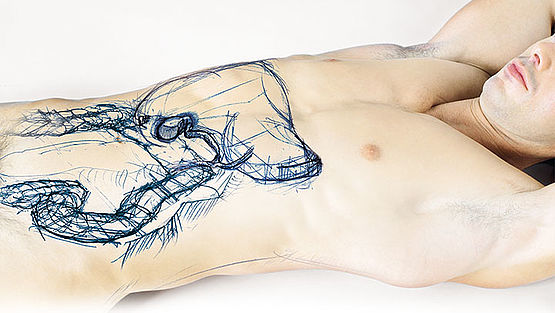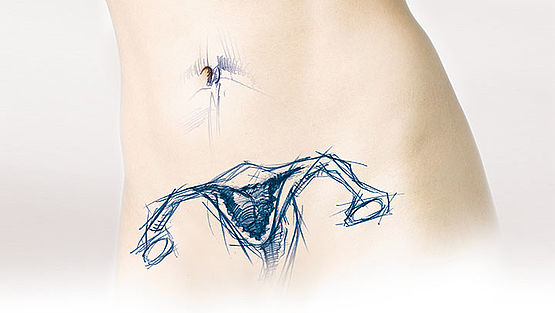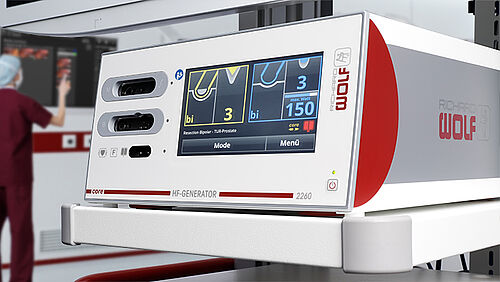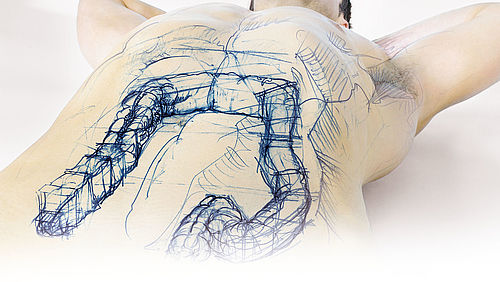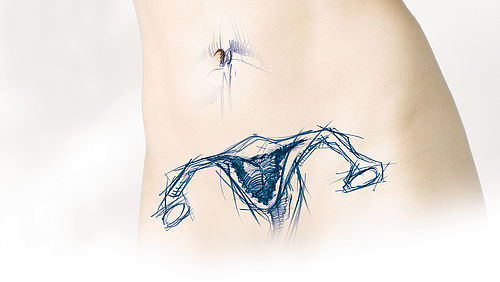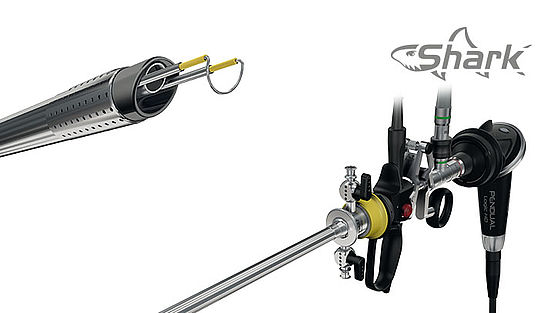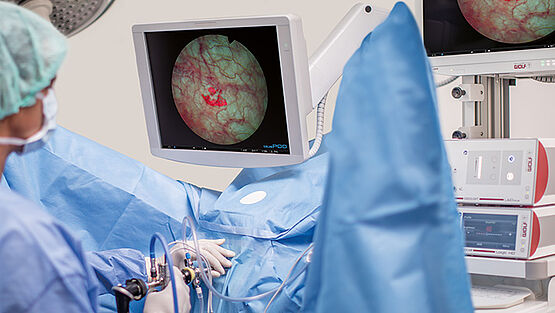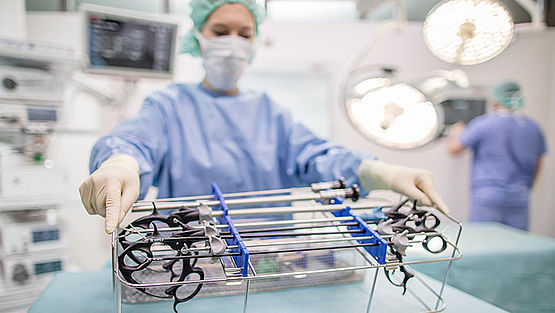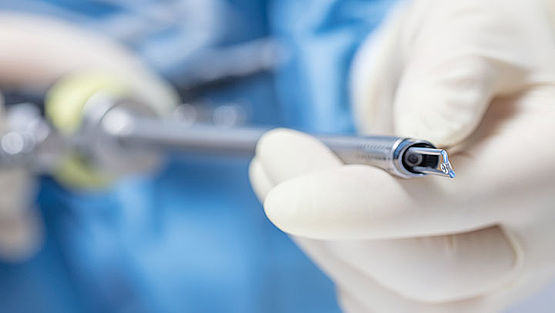Energized by simplicity
The energy source for urology, surgery, and gynecology
One device – multiple disciplines!
The HF-GENERATOR 2260 from Richard Wolf can be used across a range of disciplines and has been specially developed for use in combination with existing Richard Wolf instruments for urology, general and visceral surgery, and gynecology.
Specially designed, easy-to-use presets deliver precise, perfectly coordinated energy performance that is unrivaled on the market, allowing the user to achieve exceptional results with the relevant Richard Wolf equipment.
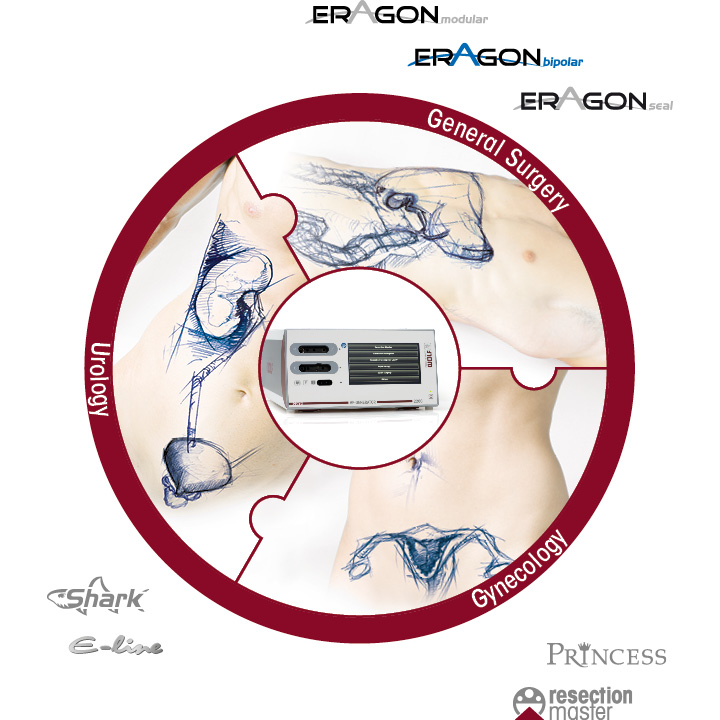
Advantages at a glance
Performance:
- Modern control mechanisms in combination with presets for Richard Wolf instruments with optimized voltage and power outputs ensure the best conditions for excellent results with a range of indications.
Bipolar application:
- With the optimum ignition behavior of the electrodes, you will benefit from optimum cutting behavior even without tissue contact.
Safety:
- Optimized menu navigation on the touch display of the HF generator prevents the maximum permissible voltage being exceeded for the connected HF instrument.
Convenient operation with footswitch and toggle function:
- The footswitch allows the HF generator to be operated more flexibly and makes it possible to combine two profiles together (toggle function). This means the user can activate the generator by themselves, independently of the surgical staff.
User-friendly operation:
- RFID detection and the preset parameters allow the user to operate the device quickly and easily.
core connection:
- The device can be integrated in the Richard Wolf core nova system via the integrated LAN (Ethernet) interface. The components must fulfill the requirements in accordance with the latest instructions for use for the core nova system, section on “Combinations”.
Simple operation
The HF-GENERATOR 2260 features user-friendly menu navigation on the touch display, which helps the user to operate and adjust the various parameters for the different areas of application. There are three steps to adjust the settings.
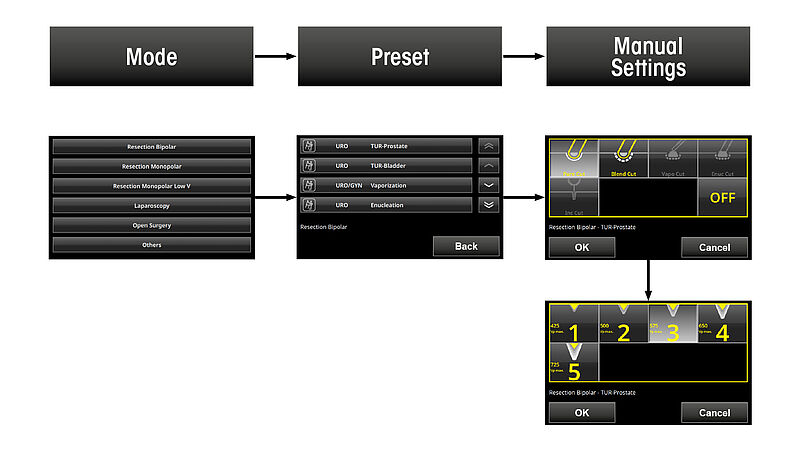
Areas of application
Various endourological procedures can be used for treating benign prostatic hyperplasia (BPH). According to the EAU (European Association of Urology) guidelines, transurethral resection of the prostate (TUR-P) is the gold standard when it comes to surgical treatment of benign prostate syndrome (BPS). In recent years, however, endoscopic enucleation of the prostate (EEP) has increasingly become established as a more patient-friendly method.
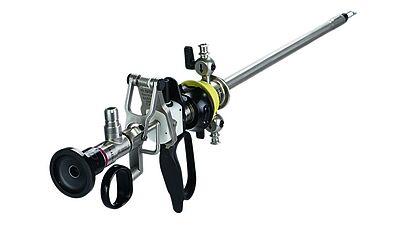
Monopolar TUR-P
In the standard version of TUR-P, monopolar current flows from the resection loop through the prostate tissue to the neutral electrode which is attached to the patient’s body with full-surface contact. A salt-free irrigation solution must be used when carrying out resection with monopolar current. The preset for monopolar TUR-P on the HF-GENERATOR 2260 is explicitly geared toward ensuring outstanding cutting results when resecting the prostate tissue.
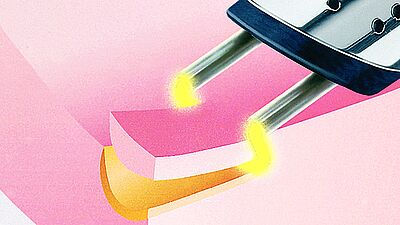
Bipolar TUR-P
Bipolar TUR-P represents a technological step forward compared to conventional TUR-P. Rather than the electrolyte-free solution, it uses a physiological saline solution as the irrigation fluid and current conductor. The current circuit is closed via the loop and the branch of the electrode, which means that the current does not flow through the patient’s body. In the case of bipolar TUR-P, a plasma bubble forms on the electrode loop which enables ablation of the prostate tissue. The preset for bipolar TUR-P on the HF-GENERATOR 2260 features outstanding ignition and cutting behavior from the electrode. The plasma bubble forms on the electrode loop even without direct tissue contact and ensures excellent resection as well as vaporization and coagulation of the prostate tissue.
Excellent cutting behavior, especially with the monopolar and bipolar electrodes from Richard Wolf.

Bipolar enucleation
Particularly in the case of larger prostates, endoscopic enucleation of the prostate (EEP) is proving to be a more patient-friendly method than standard TUR-P and is becoming increasingly established around the world. Holmium and thulium laser enucleation (HoLEP & ThuLEP) are most commonly used with this type of procedure. Bipolar enucleation (bipolEP) is a cost-efficient alternative to laser therapy. The HF-GENERATOR 2260 provides a specially coordinated preset for bipolEP and ensures excellent performance when used on tissue, particularly in combination with the bipolar enucleation electrode from Richard Wolf.
Bipolar enucleation electrode for endoscopic enucleation of the prostate (EEP).
Further presets for treating BPH:
- Monopolar coagulation
- Bipolar coagulation
- Bipolar vaporization
Transurethral resection of the bladder (TUR-B) is a diagnostic and therapeutic method for sampling and resection of non-muscle invasive bladder carcinoma (NMIBC) within the bladder. In the case of classic TUR-B, the malignant tissue is resected in layers, i.e., in a fractionated manner. During this process, however, thermal damage to the individual tissue fragments can impair the quality for the histopathological diagnosis of the specimens.
Furthermore, with classic TUR-B, diagnosis and resection of the bladder tumor are only carried out under white light. The disadvantage here is that it is not always possible to identify the edges of the tumor, which means that complete resection of the tissue cannot be guaranteed. Photodynamic diagnostics (PDD), in combination with the specialized en bloc resection of bladder tumors (ERBT), can minimize these risk factors. PDD is particularly suitable for diagnosis and therapy of precancerosis and epithelial tumors (carcinoma in situ), as it allows resection of the malignant tissue to be carried out completely under blue light.
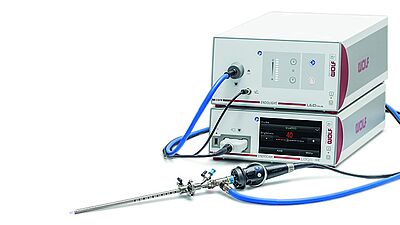
Monopolar TUR-B
From a technical perspective, monopolar TUR-B works in the same way as monopolar resection of the prostate (TUR-P). The preset for monopolar TUR-B on the HF-GENERATOR 2260 is ideal for precise effect and cutting performance, and ensures effective resection and coagulation of the tissue.
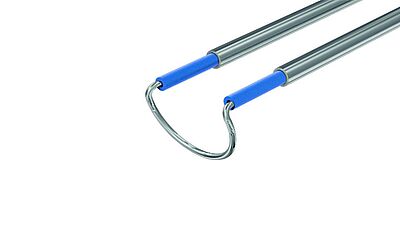
Bipolar TUR-B
This method increases patient safety as the emitted current does not flow through the entire body. In the case of bipolar TUR-B, a plasma bubble forms on the electrode loop which enables resection of the NMIBC. The preset for bipolar TUR-B on the HF-GENERATOR 2260 ensures that the plasma bubble forms quickly on the electrode tip even without direct tissue contact. It is essential that the electrode delivers effective and precise ignition and cutting behavior for sampling and treatment of an NMIBC, particularly when it comes to the resection of surface tissue and marking of the tumor edges.
Particularly thin cutting electrode.
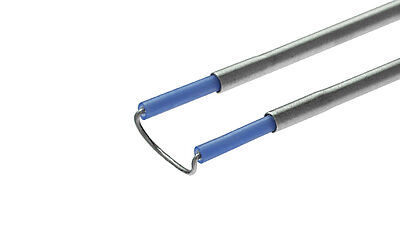
Bipolar en-bloc resection
The aim of en bloc resection (ERBT) is to remove the NMIBC in one piece. With classic TUR-B, it is specifically the fractionated manner in which the tumor is removed that presents certain disadvantages – the individual tumor fragments make it impossible to carry out an exact pathological assessment of the free resection margins and prevent spatial mapping of the specimen. The horizontal and vertical resection margins and the general invasion depth are a key indicator for the quality and completeness of a resection. The ERBT method enables excellent resection results, particularly in combination with System blue for photodynamic diagnostics (PDD). Richard Wolf provides a particularly thin cutting electrode as well as a special oval cutting electrode for ERBT, which – in combination with the preset for bipolar TUR-B on the HF-GENERATOR 2260 – ensure precise marking of the tumor edges and effective resection of the NMIBC.
Oval cutting electrode for en bloc resection.
Further presets for white light cystoscopy and photodynamic diagnostics:
- Monopolar coagulation
- Bipolar coagulation
By combining the HF-GENERATOR 2260 with ERAGON instruments, Richard Wolf is now able to provide a finely tuned product range for laparoscopy and the use of modern HF surgical techniques. In addition to monopolar applications, bipolar resection offers a particularly safe way of handling the use of current and fully harnessing the benefits of resection.
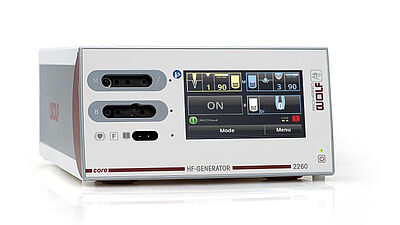
Monopolar and bipolar applications
In the field of surgery, the aim of the new HF-GENERATOR was to elevate the performance of the Richard Wolf instruments to the highest possible level. Presets for laparoscopic surgery that are perfectly adapted to the ERAGON instrument family automatically enable the best possible results. Possible applications for the HF-GENERATOR 2260 in general and visceral surgery include all minimally invasive and laparoscopic surgical techniques – from standard procedures such as laparoscopic cholecystectomy to bariatric surgery and colorectal surgery. Areas of application in gynecology, meanwhile, include laparoscopic hysterectomy (TLH, LASH, LAVH) and fertility and myoma surgery.

Vessel sealing
Together with the new ERAGONseal* bipolar vessel sealing instrument, Richard Wolf provides a way of preparing, coagulating, and sealing vessels or tissue bundles precisely and effectively without having to switch instrument – saving time and money. Thanks to the design of the instrument and the insulation of ERAGON SEAL, only the tissue between the jaw insert is sealed and separated. This prevents any thermal damage to surrounding tissue.
*Available soon
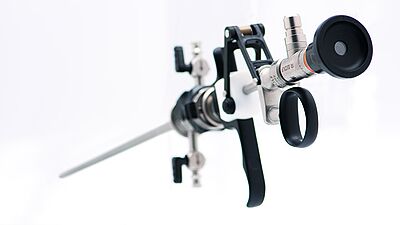
Bipolar resection and coagulation
Bipolar resection makes it possible to remove myomas or polyps using physiological saline solution. This method increases patient safety as the emitted current does not flow through the entire body and no electrolyte-free fluid is used (fluid overload syndrome). Various cutting and hook electrodes (septum dissection) with different shapes and diameters cater to a range of preferences. The presets ensure the best possible performance from the relevant bipolar resection instrument.
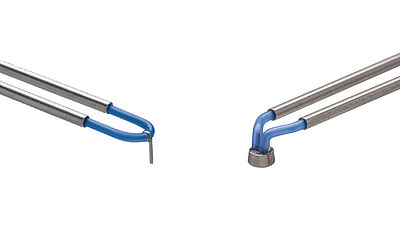
Bipolar vaporization
Bipolar plasma vaporization is based on the functional principle of normal bipolar resection. It uses a specially shaped vaporization electrode which leaves behind a particularly smooth surface in comparison with a conventional ball electrode. Existing presets in the HF-GENERATOR 2260 ensure the best possible performance in conjunction with the corresponding instruments from Richard Wolf, such as the Princess resectoscope and our SHARK resectoscopes.
Left: Hook electrode, right: BiVAP-Elektrode
Do you want to get a live experience of HF-GENERATOR 2260 in a demo case?
| Technical data | |
|---|---|
| Cutting power | max. 400 watts |
| Coagulation power | max. 350 watts |
| Activation tone signal level | 40-60 dB (A), adjustable |
| Type of controls on housing front | Touch panel |
| Frequency | 50/60 Hz |
| Power connection voltage | 100-240 V |
| Medical device class according to 93/42/EEC | IIb |
| Compatible med. device control manufacturer and model | Richard Wolf - core nova |
| Current rating | 6.3 A |
| Maximum power rating | 650 VA |
| Dimensions (WxHxD) | 300 x 159 x 419 mm |
| Weight | 10.2 kg |
Subject to modifications. Please note that some products may not be available in all countries. Please always take note of the information that is provided with the product. For more detailed information, please consult with your contact partner or directly with Richard Wolf GmbH.
Other products you may be interested in
